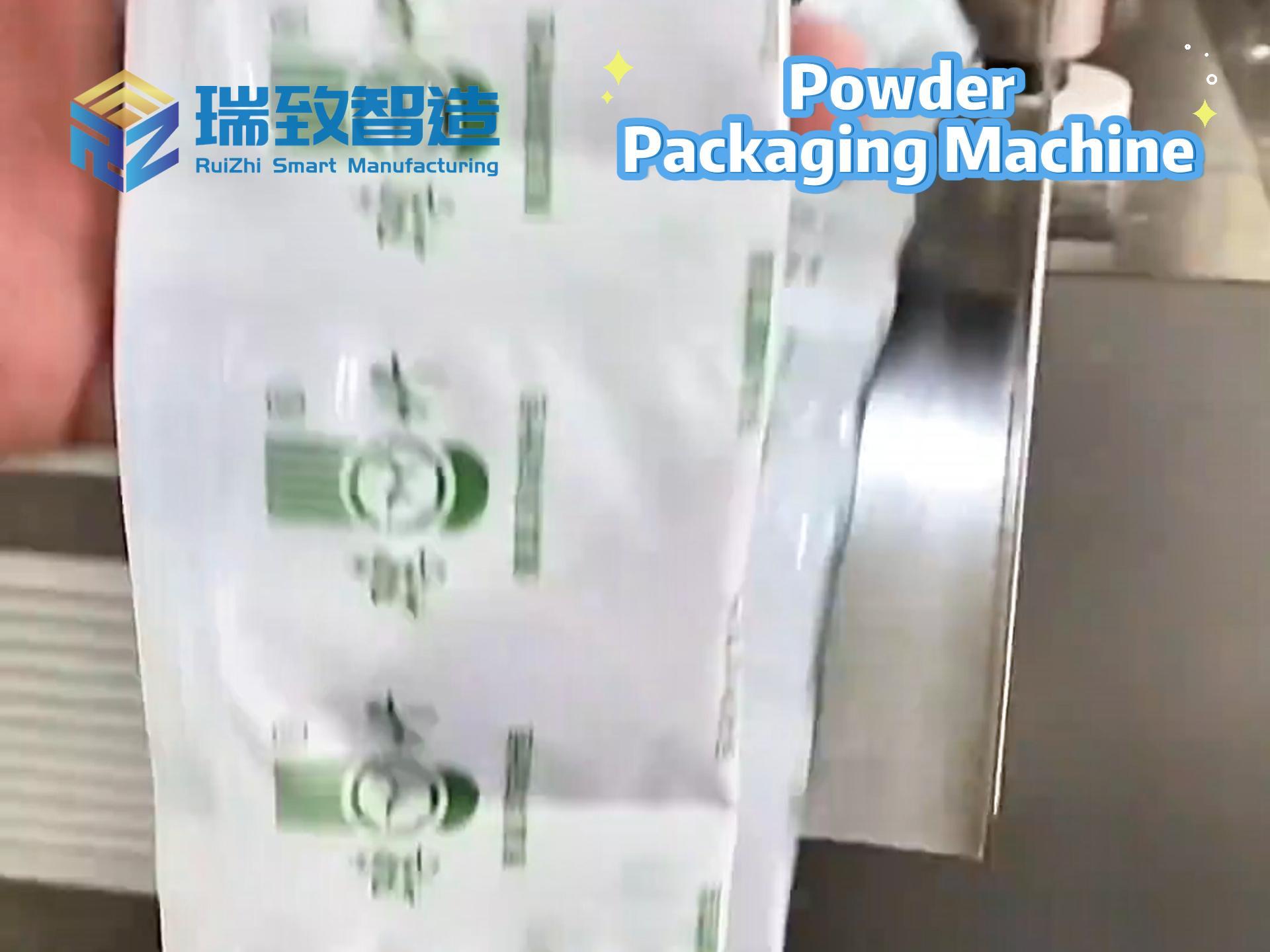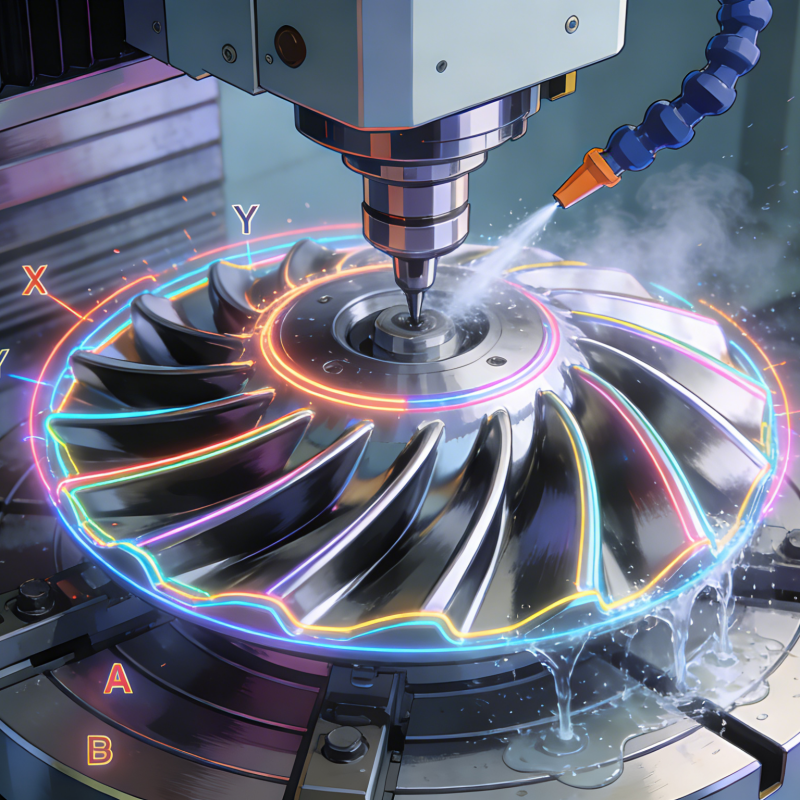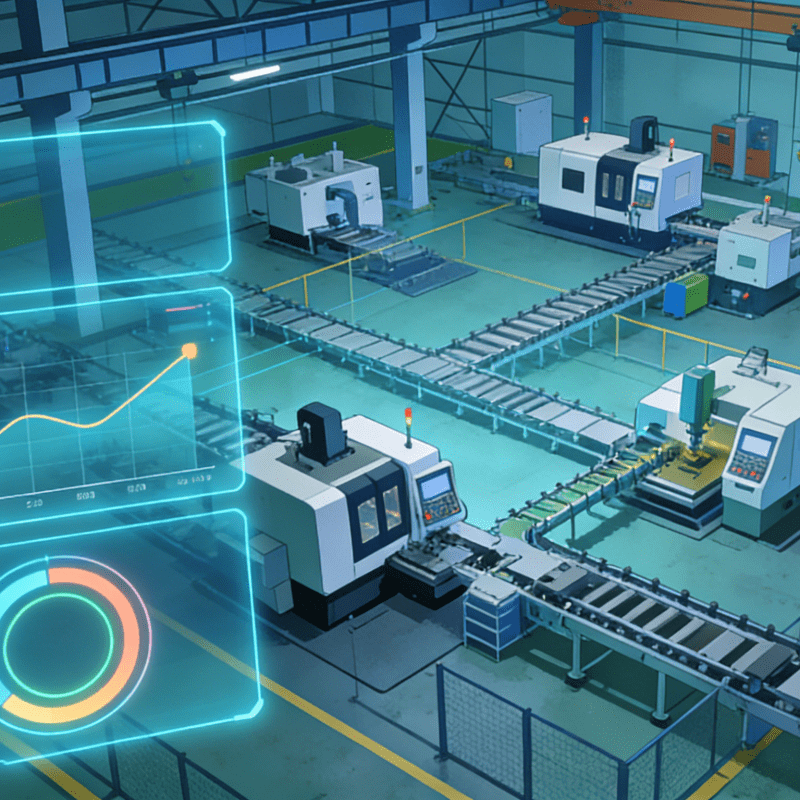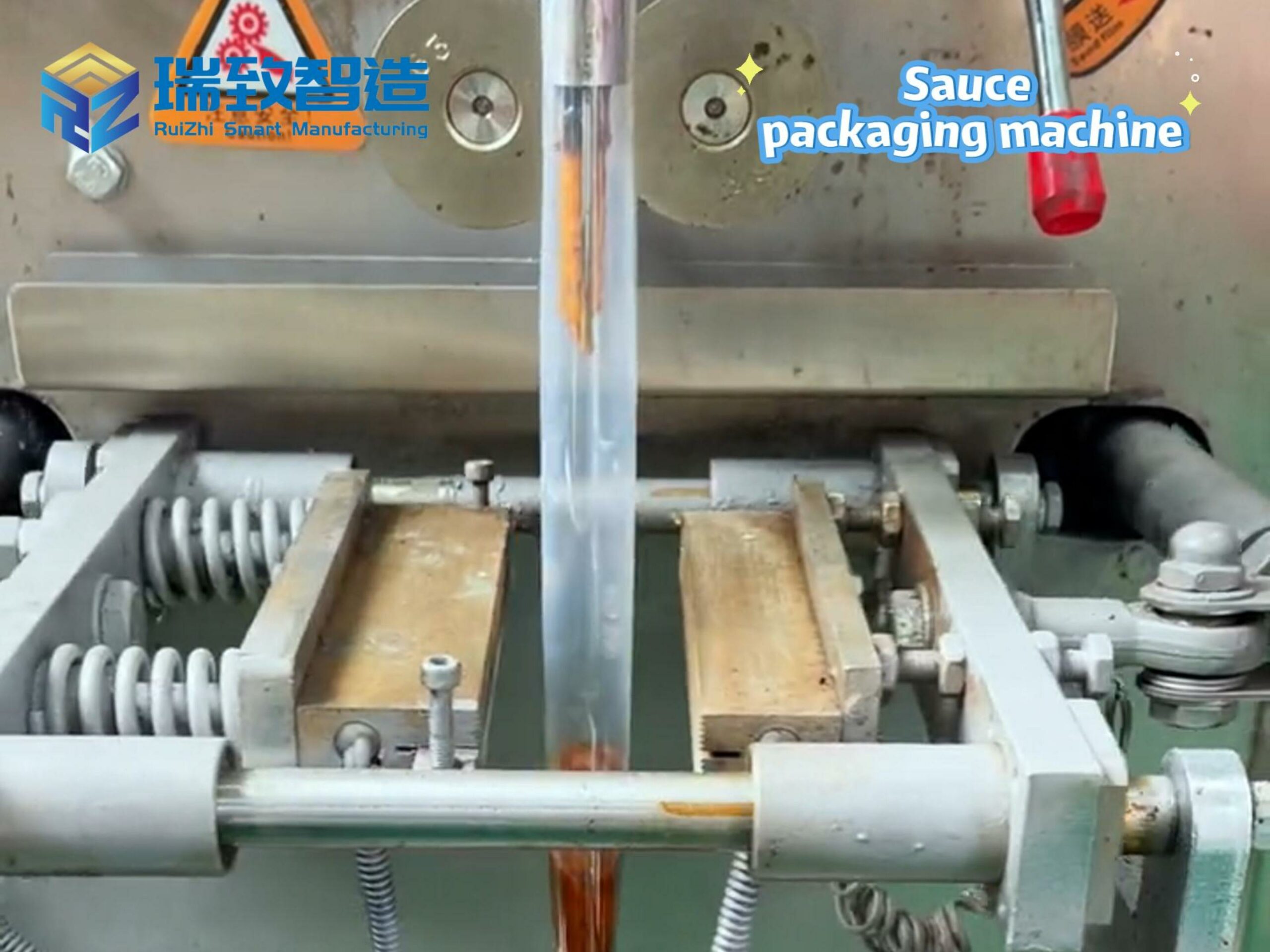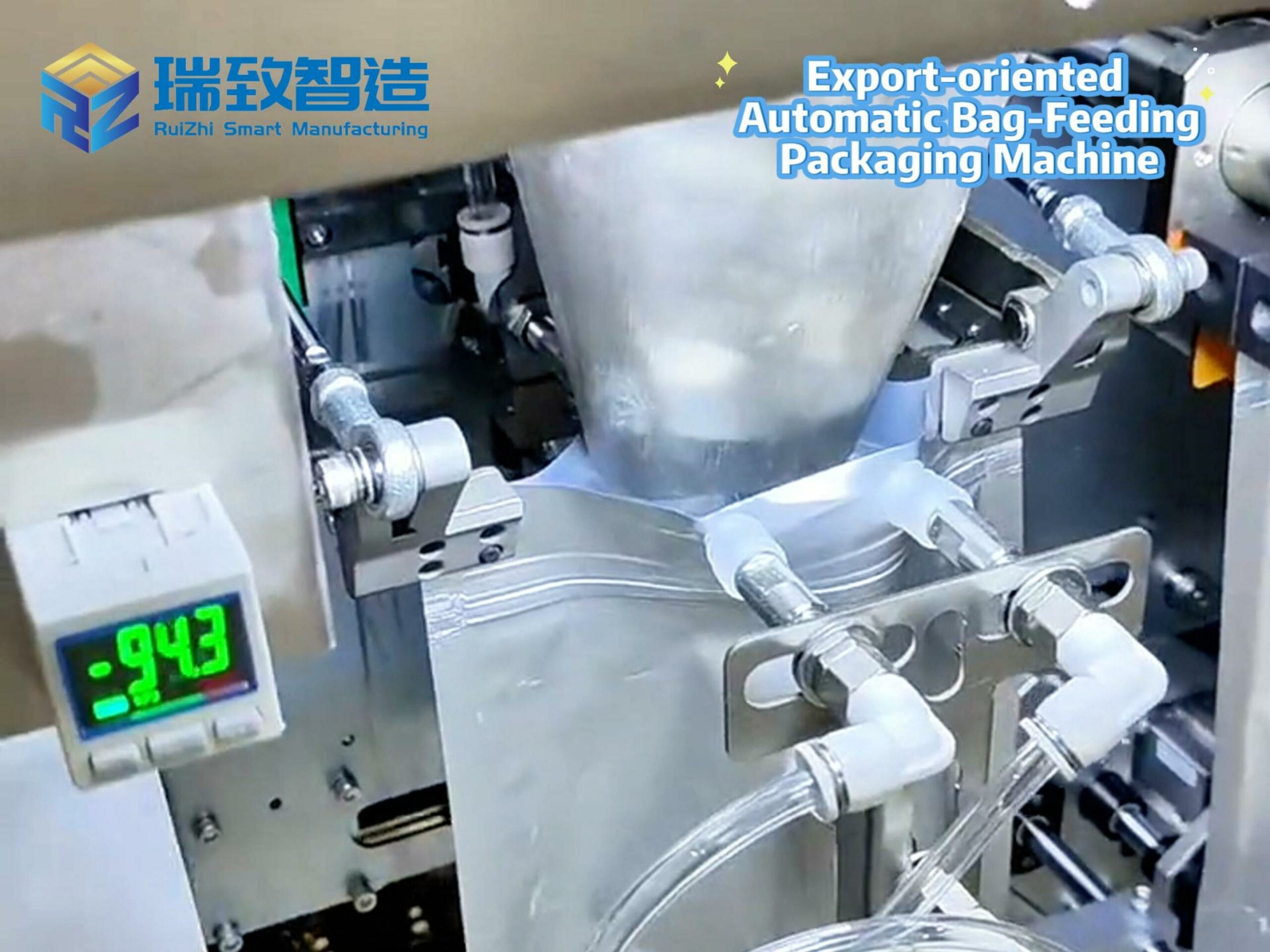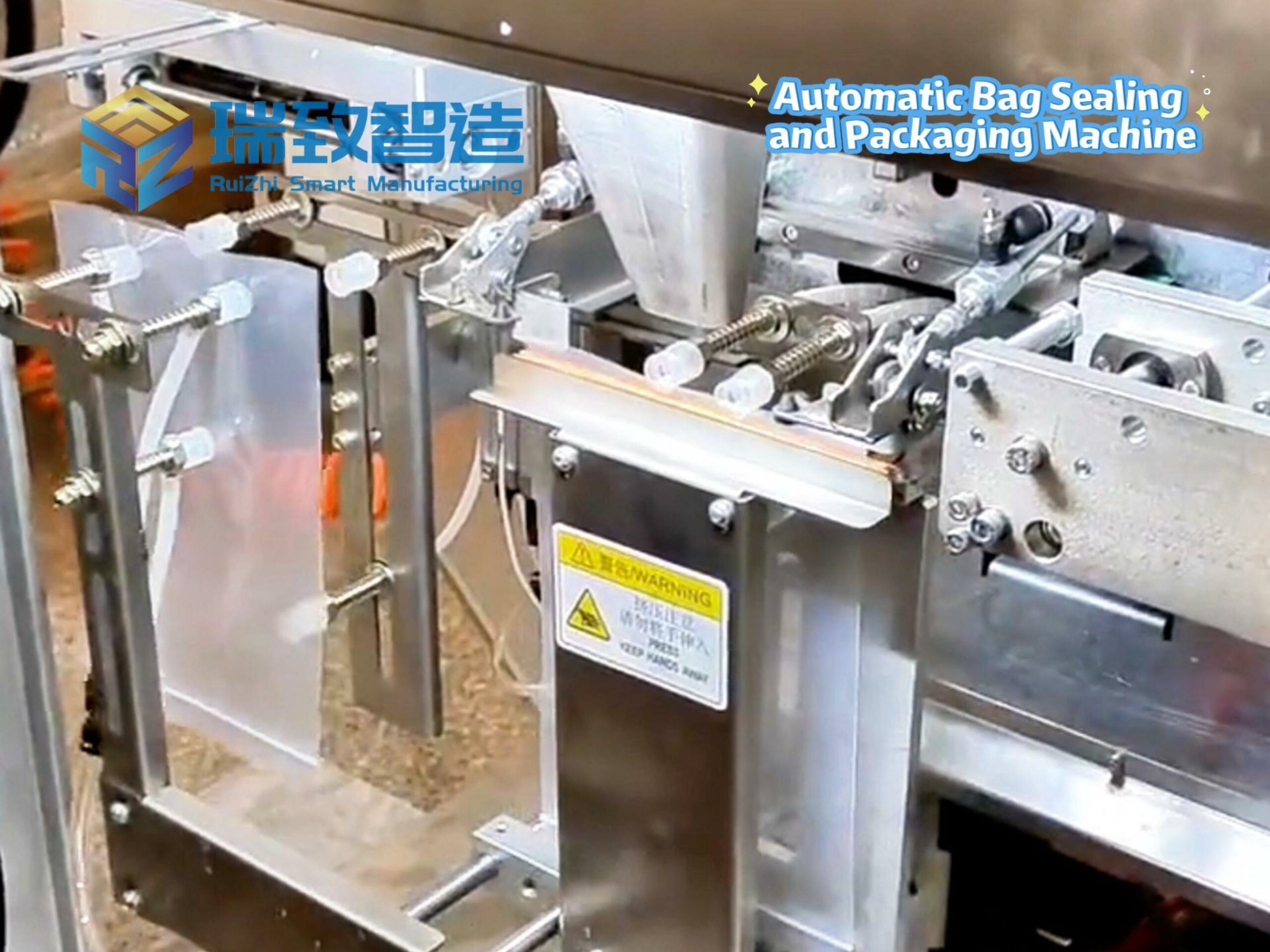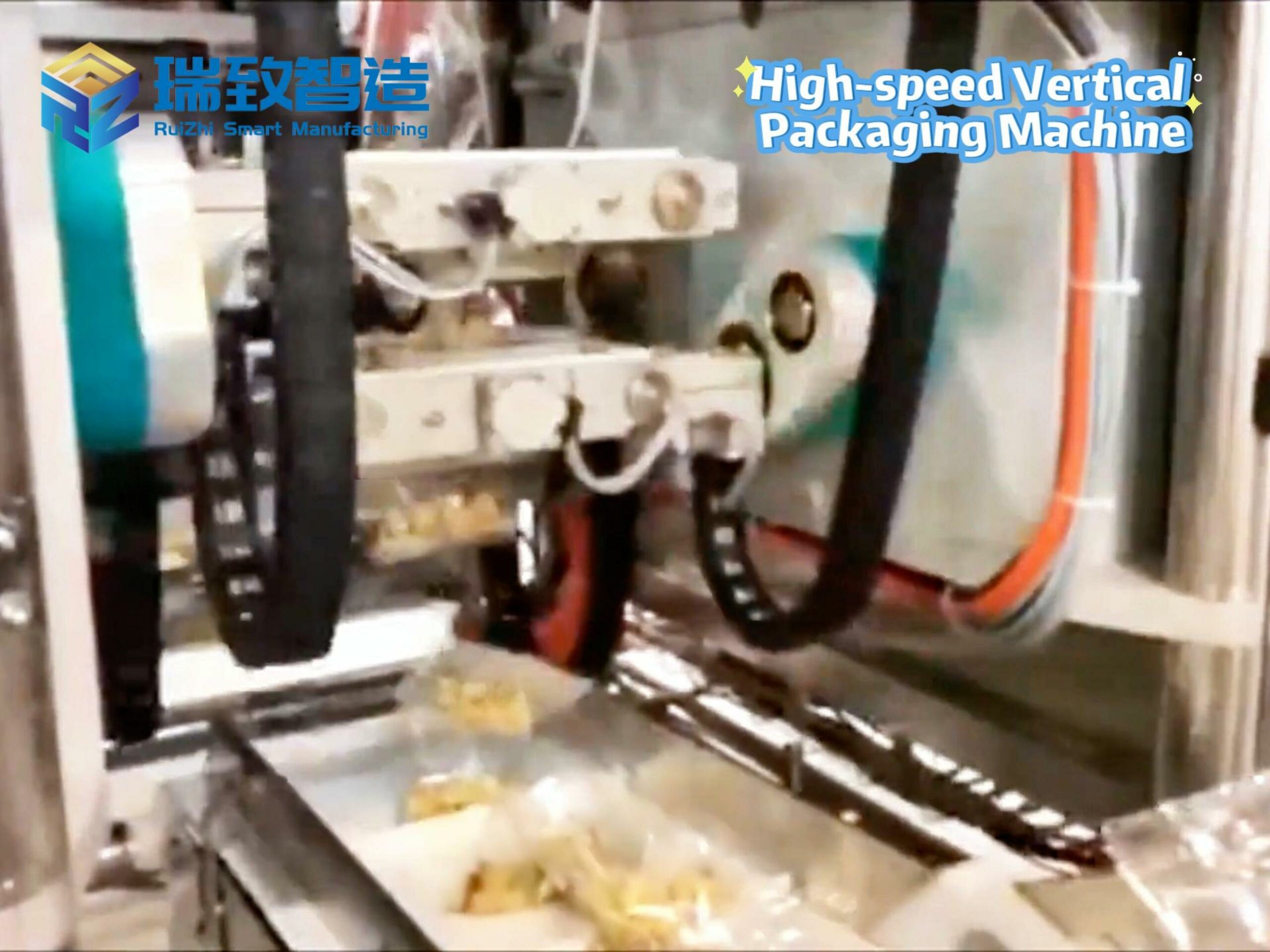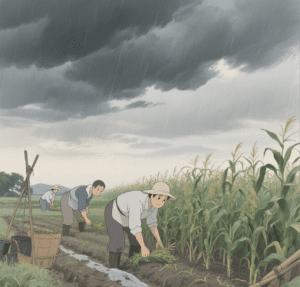
In the 10,000-mu (about 667 hectares) rice fields of Jiansanjiang Farm in Heilongjiang, unmanned transplanters move along the trajectory guided by BeiDou Navigation, with row spacing errors controlled within ±2 cm, completing 300 mu of transplanting work in a single day. Meanwhile, in the intelligent greenhouses of Shouguang, Shandong, sensors monitor soil EC (electrical conductivity) and air humidity in real time, and automated water-fertilizer systems perform precise drip irrigation based on the data, increasing tomato yield per mu by 25% — the popularization of agricultural automation equipment is transforming the traditional “weather-dependent” farming model into a new era of “data-driven” precision agriculture.
The automation innovation in the planting process is first reflected in the breakthrough of “operation precision”. Traditional manual sowing can have plant spacing errors of over 10 cm, but air-suction precision seeders use negative pressure to adsorb seeds, controlling the seeding quantity per hole to 1-2 seeds with a plant spacing accuracy of ±1 cm. After a corn planting base introduced this equipment, seed utilization rate increased by 40%, and thinning costs decreased by 60%. In the intertillage stage, automated plant protection robots equipped with multispectral cameras can identify spectral differences between weeds and crops, enabling targeted herbicide spraying, reducing pesticide usage by 30% while avoiding soil pollution. More advanced drone seeding technology, through GPS positioning, achieves precise control of “drill seeding and hill seeding”, with an operating efficiency of 150 mu per hour in hilly areas — 50 times higher than manual work.
Automated systems in protected agriculture have built a “controllable environment” cultivation model. The environmental control system in intelligent greenhouses can link with sunshade nets, fans, and wet curtains to control temperature within ±1℃ and humidity within ±5%, meeting the growth needs of high-end vegetables. Data from a strawberry planting base shows that automated temperature control extends the fruiting period of strawberries by 2 months and increases sugar content by 1.5 units. In the irrigation stage, pulse drip irrigation systems precisely control water volume through solenoid valves, reducing water usage per mu from 300 cubic meters (with traditional flood irrigation) to 80 cubic meters, achieving a 73% water-saving rate and alleviating soil secondary salinization. More cutting-edge NFT (Nutrient Film Technique) cultivation automation equipment can monitor the pH value and dissolved oxygen of nutrient solutions in real time, automatically adjusting them through pump-valve systems, shortening the growth cycle of lettuce from 30 days to 22 days.
Automation equipment in the harvesting stage is addressing the dual pain points of “labor shortage” and “quality loss”. Traditional manual apple picking yields 800 kg per person per day, while automated picking robots use 3D vision to identify fruit ripeness, with flexible grippers simulating human hand movements, achieving a picking speed of 15 fruits per minute and controlling fruit damage rate below 1%. In grain harvesting, the automation level of combine harvesters continues to upgrade: those equipped with automatic driving systems can move in straight lines with a cutting width deviation of no more than 5 cm, reducing missed cutting losses; grain cleaning systems, through a combination of wind and screening, control impurity content within 0.5%, meeting high-quality grain purchase standards. After a wheat-planting cooperative introduced automated drying equipment, the fresh wheat drying efficiency increased to 50 tons per hour, with moisture content controlled within ±0.5%, avoiding mold losses.
Automation equipment in livestock breeding has achieved a win-win situation of “precision feeding” and “environmental friendliness”. The automated feeding line system in large-scale pig farms can automatically adjust feeding amounts according to pigs’ weight and growth stage, reducing feed consumption per pig by 8% while decreasing nitrogen emissions in manure. Automated milking equipment in dairy farms uses infrared sensors to identify cow numbers, automatically recording milk production and composition, and real-time monitoring for mastitis pathogens during milking — if abnormalities are detected, it stops operation immediately. After a ranch introduced this system, the total number of bacteria in milk dropped from 500,000 per milliliter to 100,000, meeting EU standards. More advanced automated manure treatment systems can convert pig manure into biogas and organic fertilizer through solid-liquid separation and anaerobic fermentation. One breeding enterprise using this system generates 1.2 million kWh of electricity annually, realizing a circular economy of “breeding-energy-planting”.
The unique value of agricultural automation lies in its compatibility with both “small farmers” and “large-scale operations”. The traditional view that automation equipment is only suitable for large farms has been overturned — now, lightweight, low-cost automation devices are entering small farmers’ fields: portable soil detectors, priced under 1,000 yuan, can quickly test nitrogen, phosphorus, and potassium content; electric backpack sprayers, powered by lithium batteries, improve atomization uniformity by 40% while reducing farmers’ labor intensity. A “mobile APP + IoT gateway” system developed by an agricultural technology company allows small farmers to remotely control irrigation equipment via mobile phones, with an investment of only 2,000 yuan, yet reducing water usage per mu by 30%. This “inclusive” automation technology is narrowing the efficiency gap between agricultural operators of different scales.
In the future, with the integration of satellite remote sensing, the Internet of Things, and automation equipment, agriculture will move toward “full-domain intelligent management”: automated devices will implement precise fertilization and plant protection based on crop growth monitored by satellite images combined with drone inspection data; when heavy rain is predicted, the system will automatically activate field drainage pumps; even equipment in different plots will share planting data to form regional agricultural knowledge graphs. However, the ultimate goal of agricultural automation is not to “replace farmers with machines”, but to free farmers from heavy physical labor and transform them into “data analysts” and “equipment maintenance technicians”. In a family farm in Jiangsu, a young farmer checks soil data transmitted by automation equipment via his mobile phone, adjusts planting plans, and increases his annual income threefold compared to traditional farming — this is the era-defining change brought by agricultural automation equipment.
#playwright automation #industrial automation #epson six axis robot


